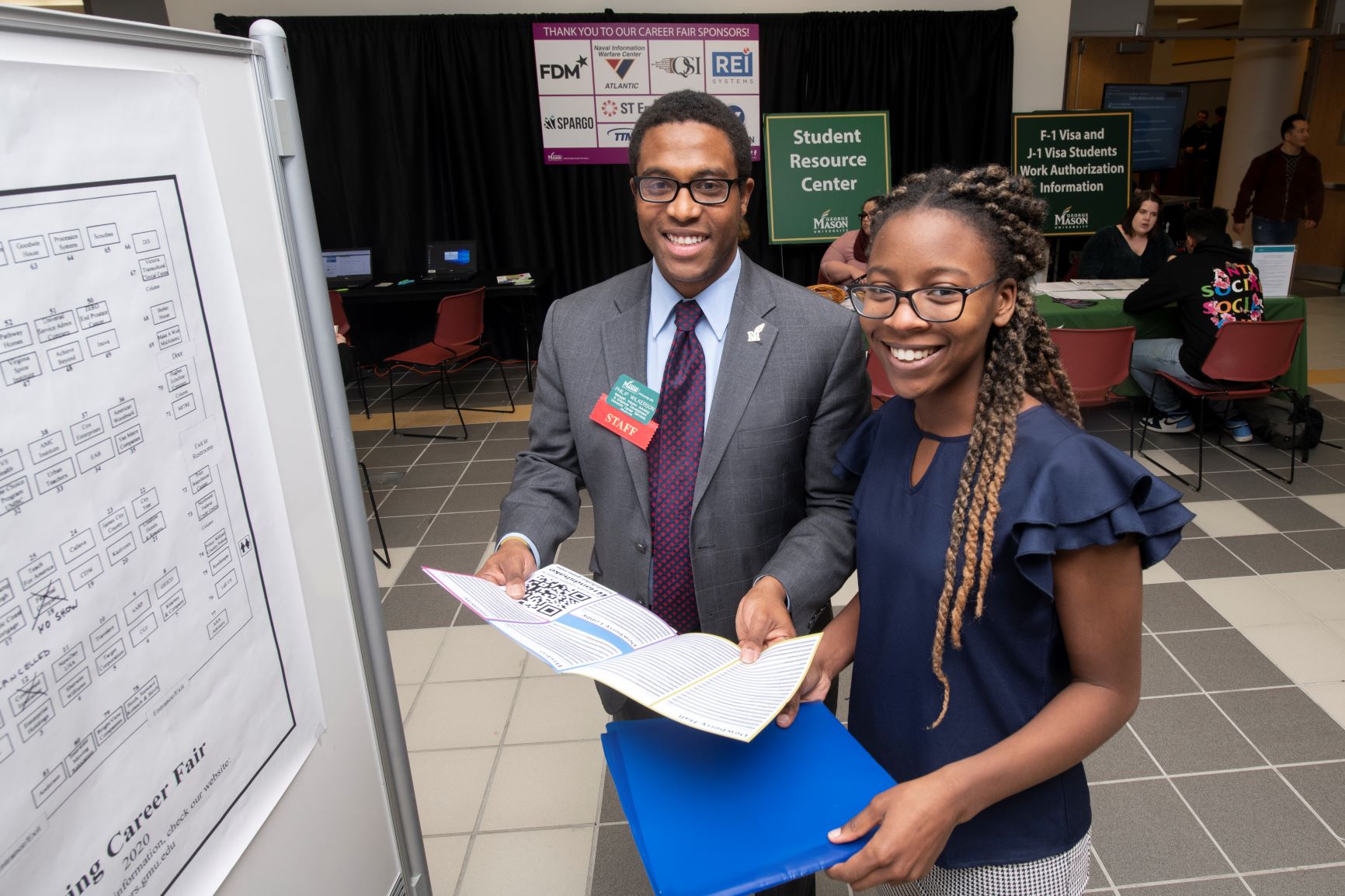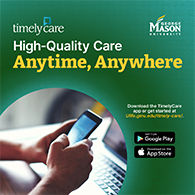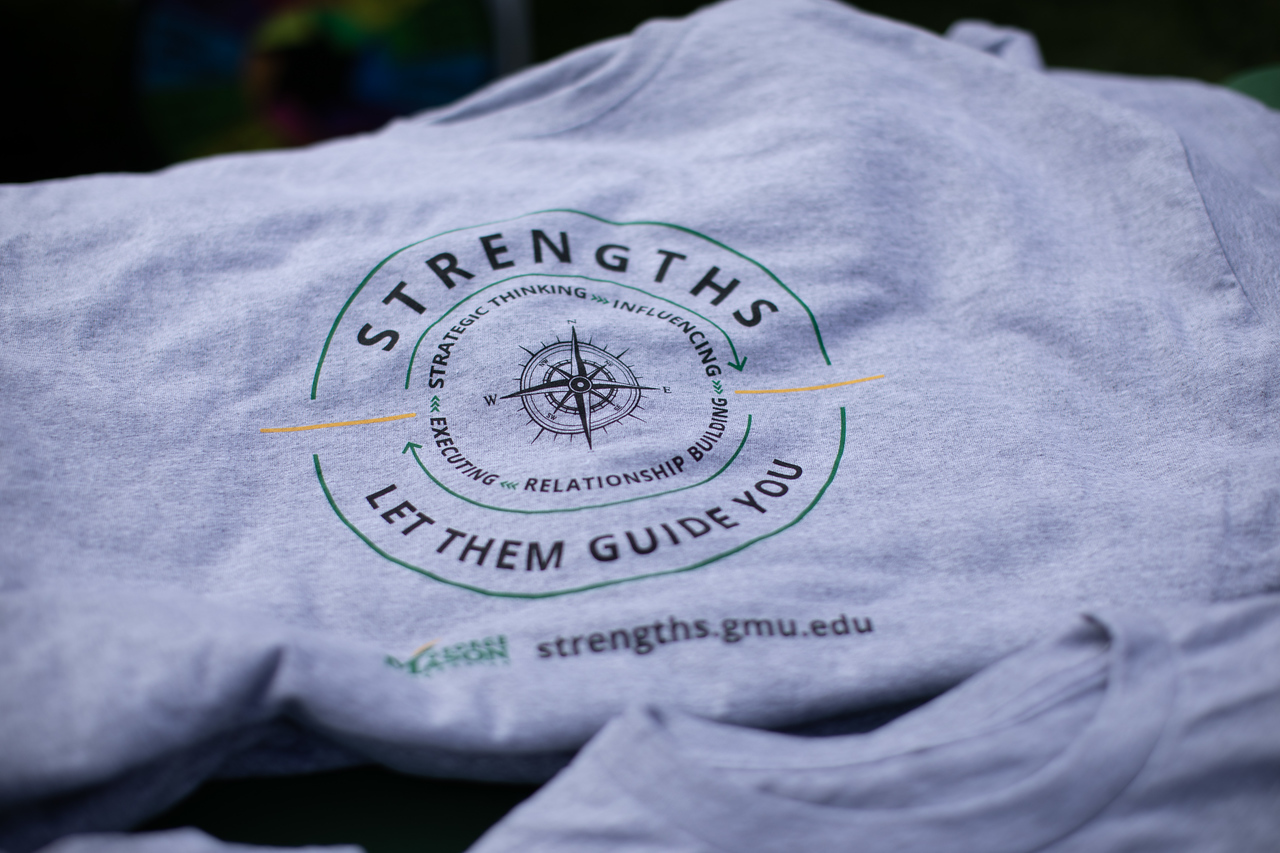By: Heather L Walter, Assistant Professor of Early Childhood Special Education, College of Education and Human Development
“When we only name the problem, when we state complaint without a constructive focus on resolution, we take away hope.” – Bell Hooks
Teachers work hard to help their students thrive. Yet, too often, those same hardworking educators lack the professional development opportunities they need to thrive themselves. If we want students to be well, we need to also help teachers be well. Here’s why professional development is important for teachers, and how it can strengthen teacher well-being.
Let’s pretend you are Goldilocks from the “Goldilocks and the Three Bears” fairy tale, but instead of trying to figure out which porridge, chairs, and beds are “just right,” you are an educator trying to identify well-being strategies at work that fit your needs. As educators, we often want autonomy and choice. Yet, too much or too little choice leads to decreased well-being in workplace settings. Autonomy – the idea that individuals have independence or freedom of choice – is a significant predictor of engagement, meaningfulness, positive affect, and mood leading to people’s increased creativity and health (Nunnery; Walker).
Professional development (PD) opportunities for educators are essential to increasing knowledge practice, and student outcomes. All PD (including well-being PD) should be holistic and multifaceted, using both individual and systems-level strategies to support the workplace and its people. Research has confirmed that “one-stop shop” PDs are ineffective and do not sustain lasting change. PD opportunities that are differentiated and happen over an extended period (think workshops plus coaching and follow-ups) support individual well-being and ultimately lead to a positive school culture where well-being is embedded in every aspect of the culture.
Essentially, how we teach students is how we should be training adults as well. We want educators to stay in their workplaces, as this supports healthy youth, schools, and communities!
COVID-19 increased the need for PD geared toward individual educators’ well-being to decrease burnout and attrition. It is well known within education and psychology-related fields that children mirror adults’ positive and negative emotions. So, when adults are well, children feel calm and are ready to learn. But if adults are stressed and frustrated, children mirror those feelings and usually become stressed and shut down. We want both adults and children to feel present, engaged, and connected. When school districts engage in meaningful context-specific embedded practices that support individuals, workplace environments, and policies, many important well-being factors increase: retention, quality of work, engagement, and learning outcomes.
Important Pieces in the Puzzle
One major component of identifying the professional learning needs of educators is to understand what their mental health and well-being needs are. Mental health, or the absence of illness such as anxiety or depression, is distinctly different from well-being, which is defined as the presence of flourishing such as positive emotions and supportive leadership. We can’t support one without the other, as both are critically important pieces of the puzzle. The struggles school leaders often have is that they keep going back to the “one-size-fits-all” model that only encompasses one component (either mental health or well-being) that Goldilocks uses. That is not best practice, or even sustainable. As we see from the famous fairy tale, Goldilocks doesn’t benefit from the bear’s resources for very long.
In Leading Systems Change, an article in the DEC Monograph Series, Walter and colleagues discuss how leaders often don’t go far enough to address contextual differences and individual needs. Additionally, leaders usually choose PDs that are unidimensional or that only use one component (for instance, mindfulness). Change in both practice and strategies is critical for effectiveness.
What are Strategies to Support “The Right Fit” PDs?
Process, product, dosage, time, and context matter. Here are some helpful tools to get you started.:
- Engage staff in conversations around shared language to understand that both mental health and well-being needs within educational contexts are important.
- Illustrate the importance of supporting mental health (like treating anxiety or depression) and well-being (promoting positive emotions and supportive leadership) as current research supports the idea that you can have high levels of depression and still have high levels of well-being.
- Understand your workplace context and population. Use measurement tools, needs assessments, and educator input to guide decision-making.
- Evaluate strengths and opportunities by continuing to adapt to individuals’ specific needs and levels of engagement.
Selecting “The Right Fit” PD Strategies
Well-being PD opportunities have typically been based on one “construct” such as mindfulness, self-compassion, or gratitude. When well-being PDs or interventions are taught and then practiced in silos, this often backfires, and leaders don’t understand why. Here is a more holistic approach that supports everyone within the workplace context:
| Individual (individual needs) | Interpersonal (relationships) | Contextual (systems and policy) |
| “I am responsible for my well-being” | “I have colleagues that I can turn to when I am in need” | “I work in an environment that keeps me physically and mentally healthy and safe” |
| Well-Being Coaching
(goal setting + self- compassion + optimism + reflection) |
Communities of Practice
(a group of teachers works together to research a topic of interest and see it through implementation) |
Update the faculty handbook to include mental and well-being policies |
| Taking days off when you are sick | Post a gratitude wall in the school and have staff add to this daily | Leaders establish trust and respect teachers’ work-life balance |
Additional Resources
- The book Lessons from the Pandemic: Disruptions, Innovation and What Schools Need to Move Forward
- The book Well at Work
- The Uplift Wellness Collective for teachers
- The National Center for School Mental Health
- Headspace mental health care
Write one of these Thriving Together Series features! We’re looking for contributions on all topics related to well-being. Read other Thriving Together Series articles here and contact us at [email protected] for guidelines. Thank you for helping our Mason community thrive together online!






















